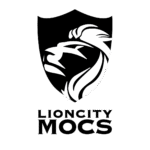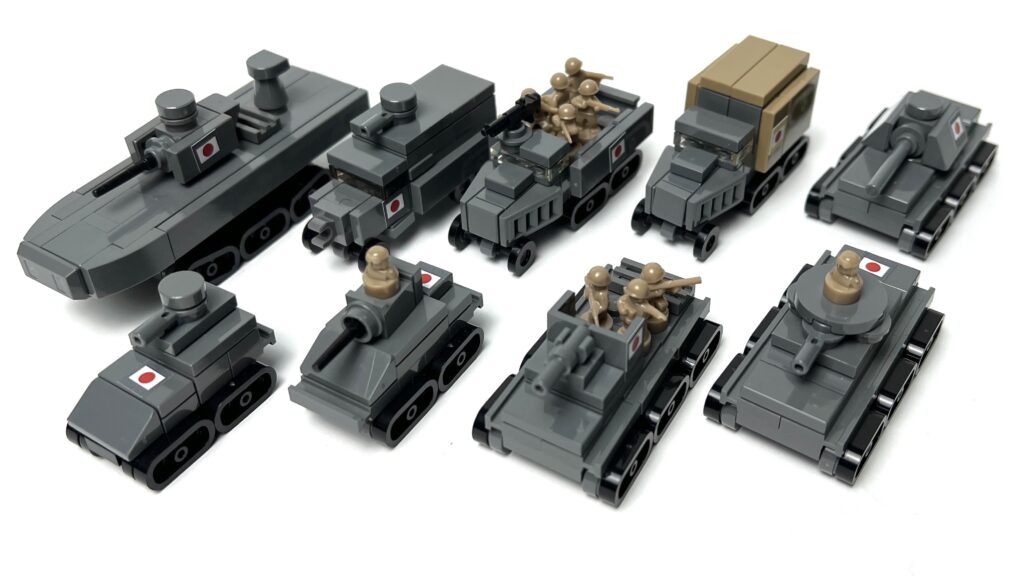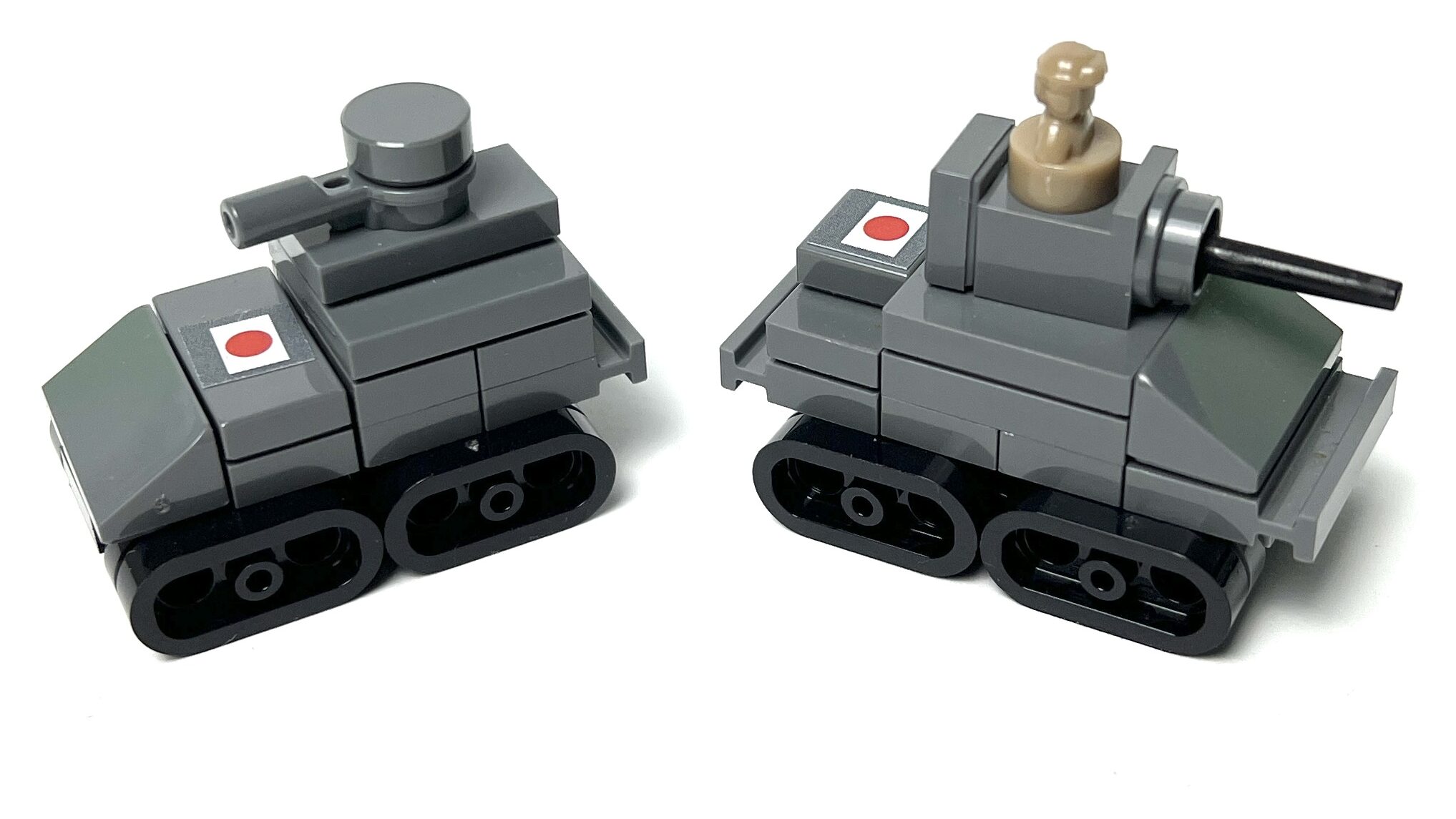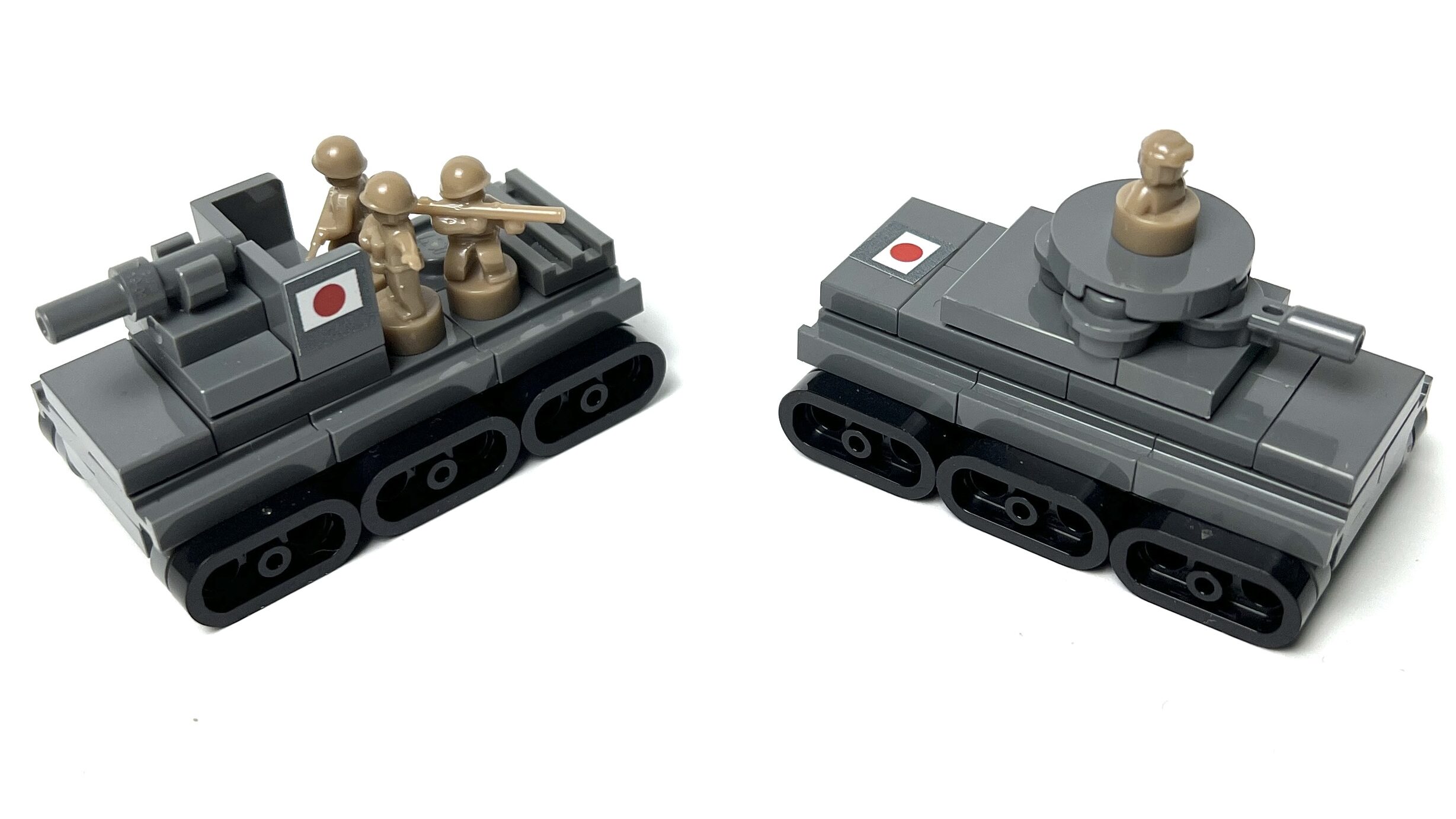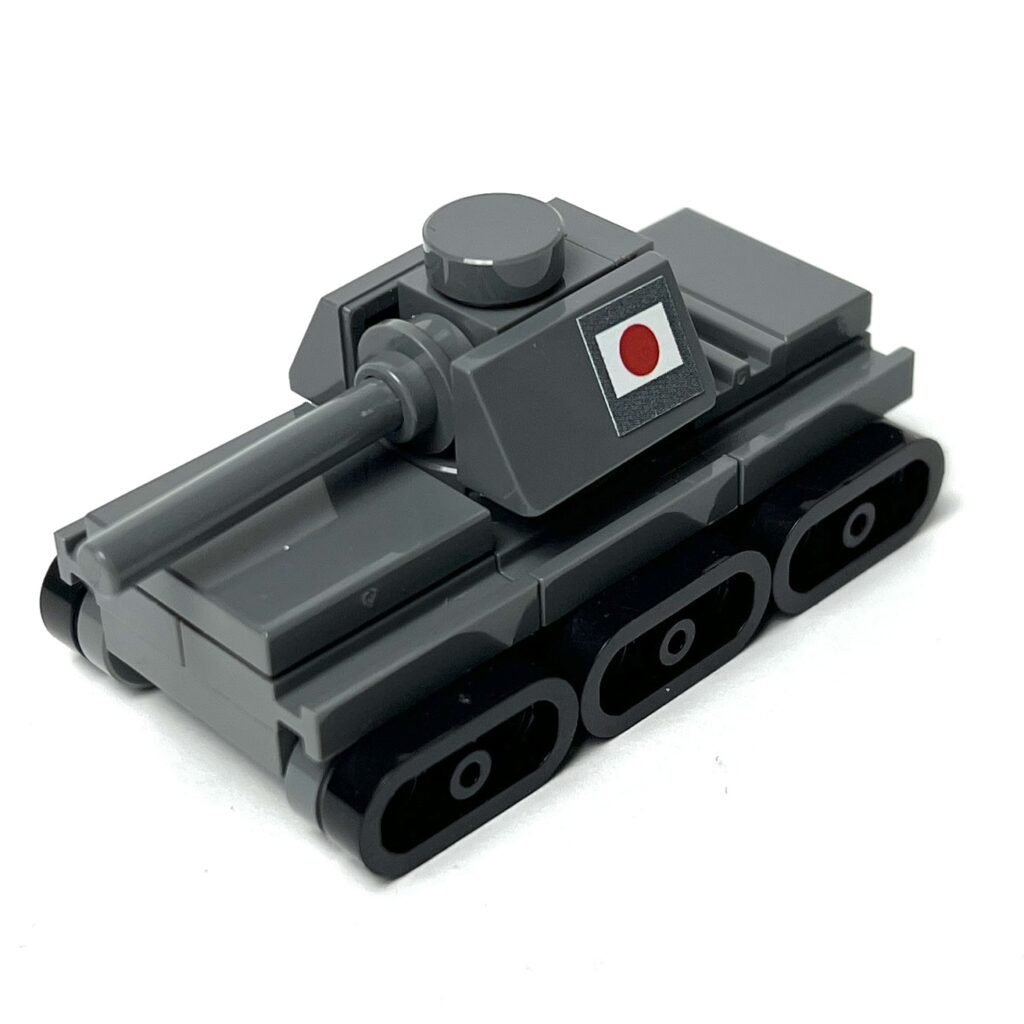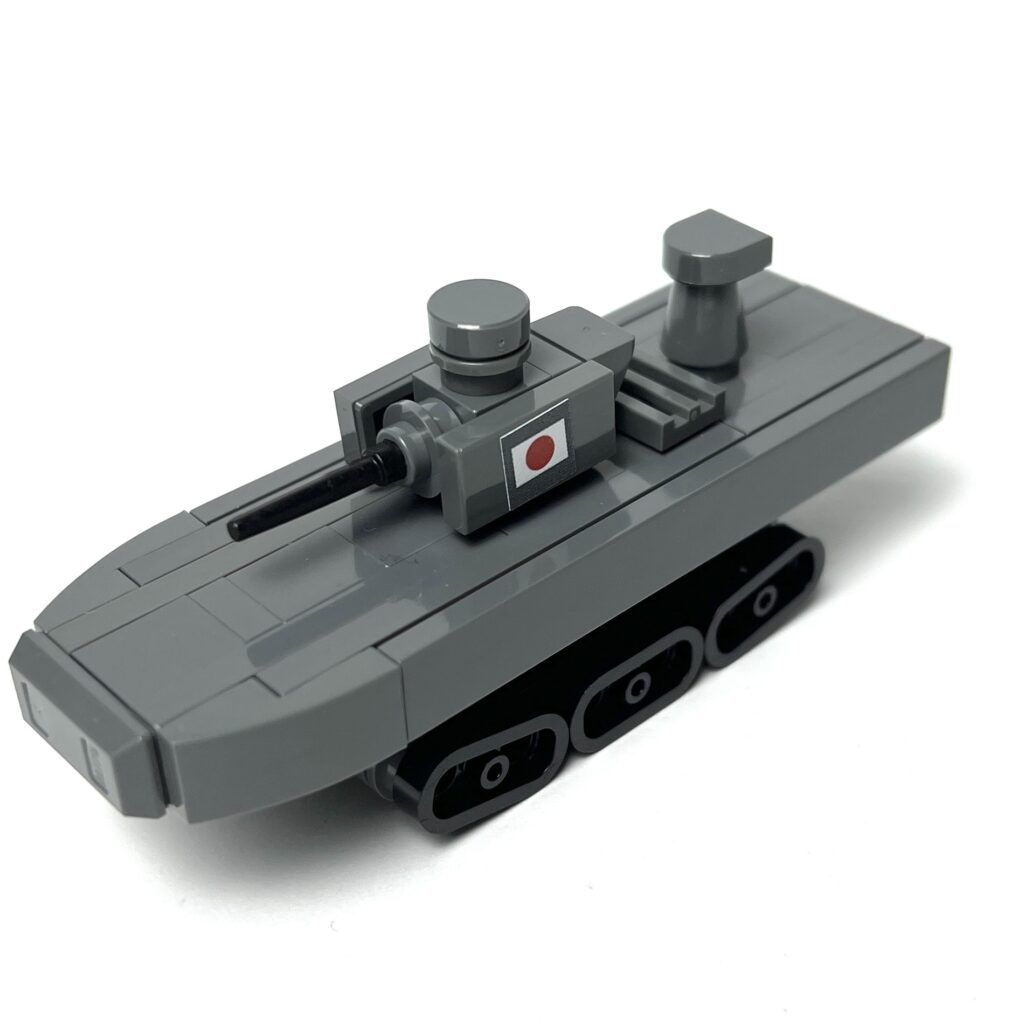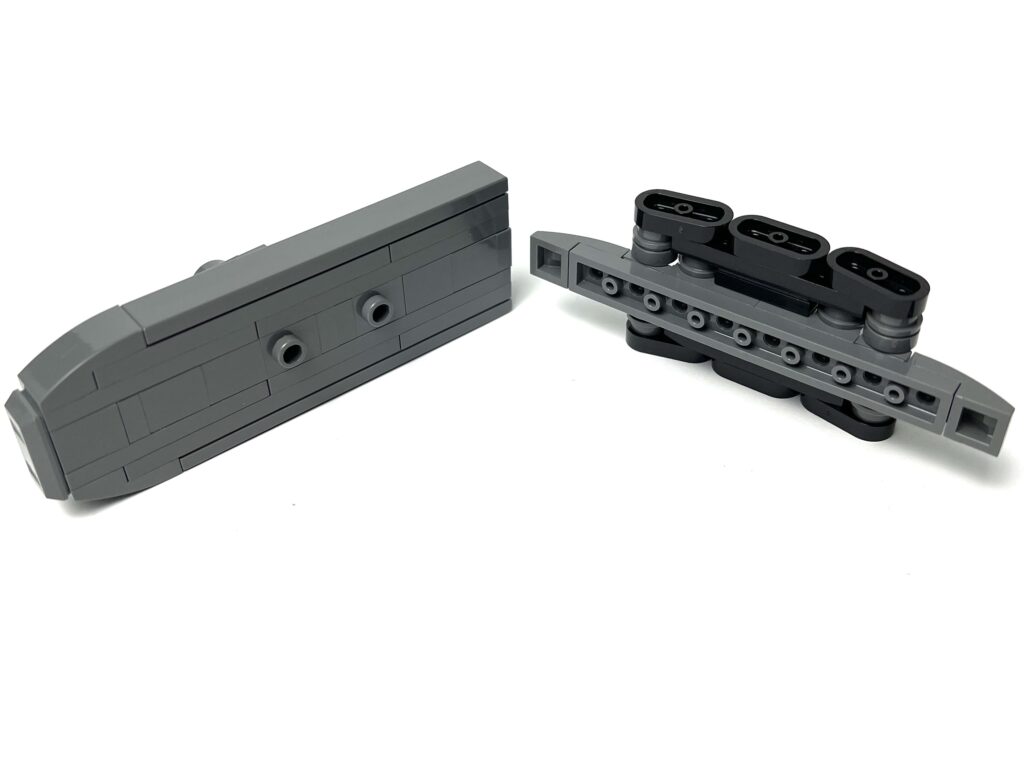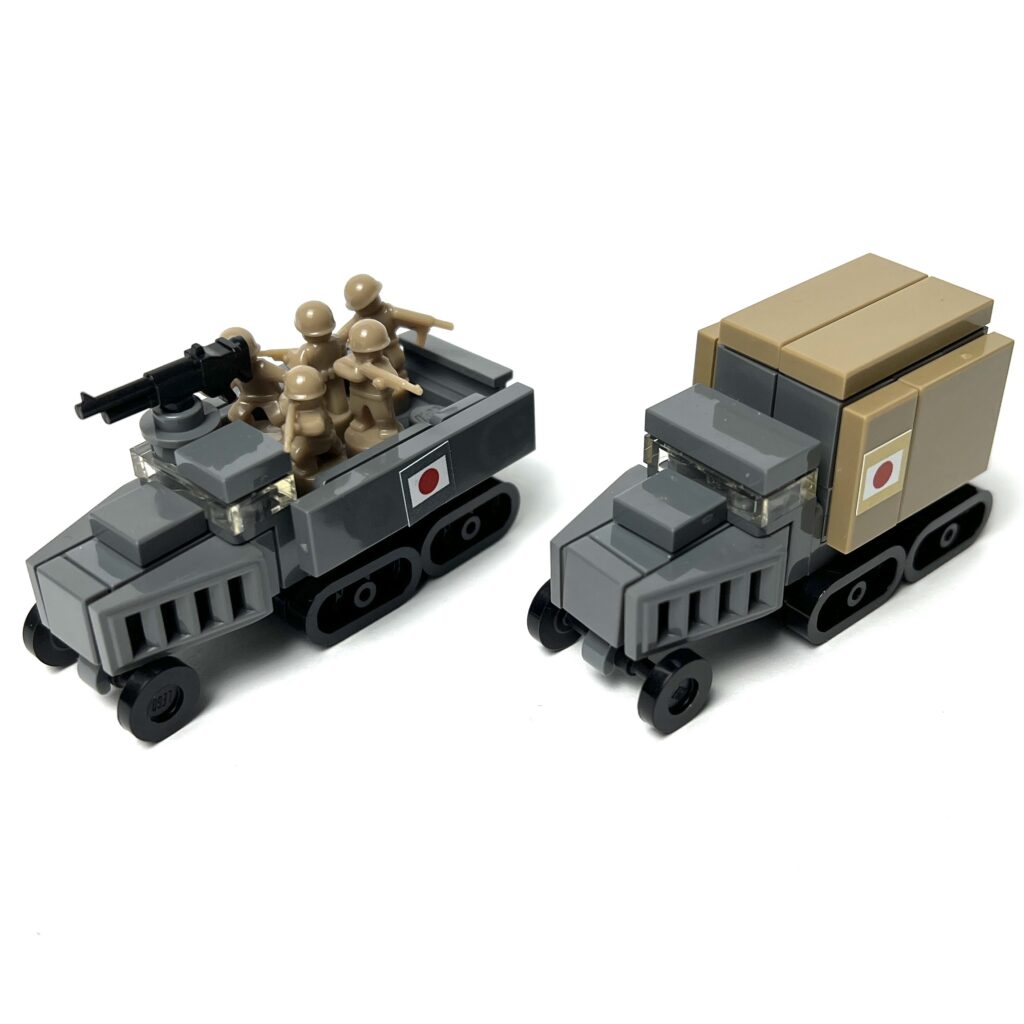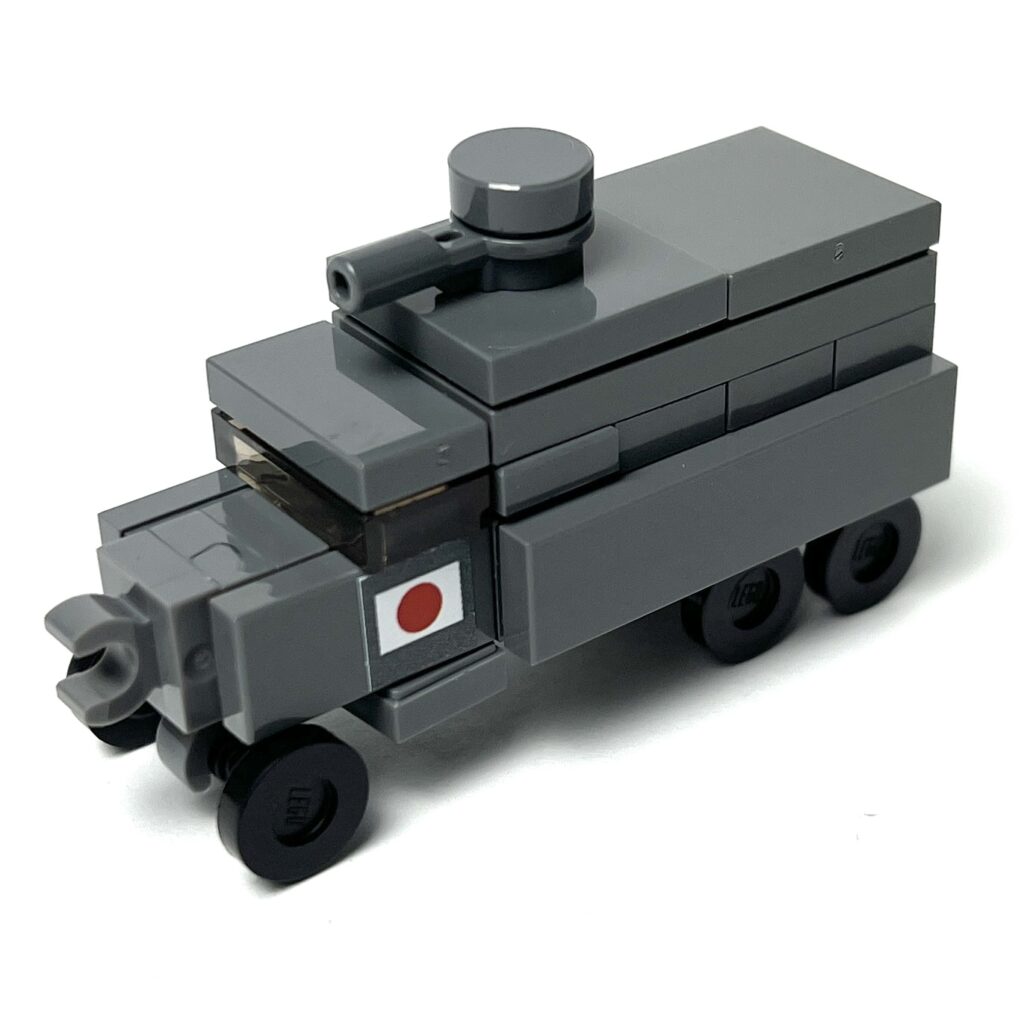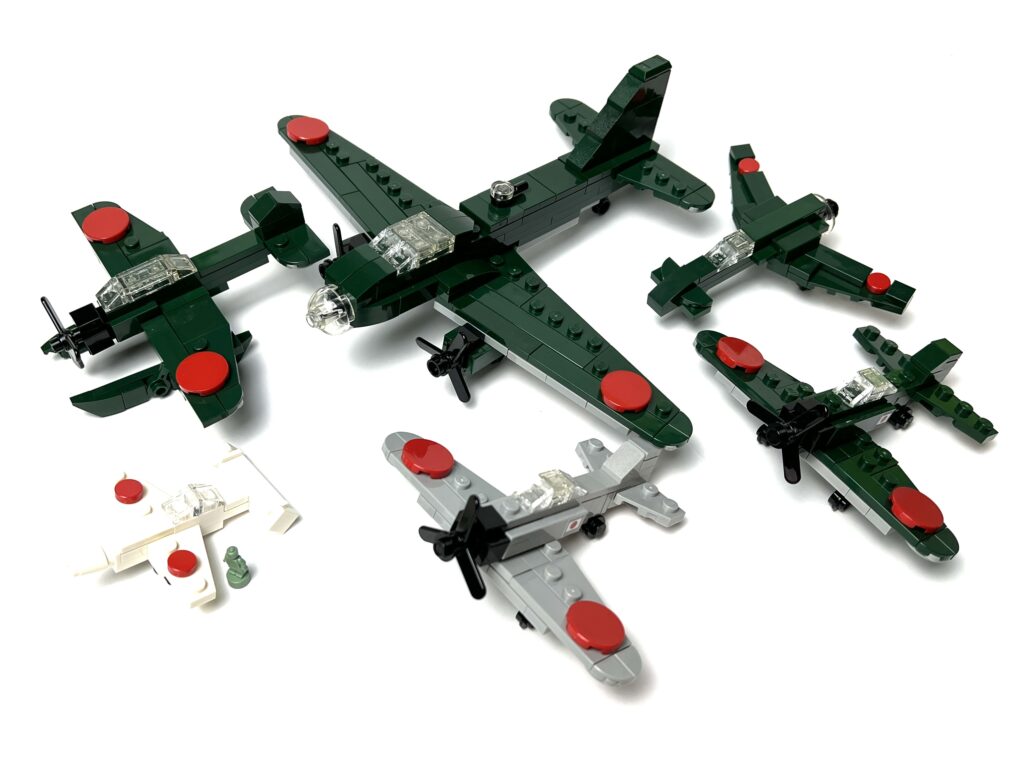
Japan’s aviation industry in WWII produced some of the most iconic aircraft of the Pacific War. From the nimble Zero to experimental jet-age designs, these machines defined both Japan’s early dominance and desperate late-war innovation.
Mitsubishi A6M Zero – The Legend of the Pacific
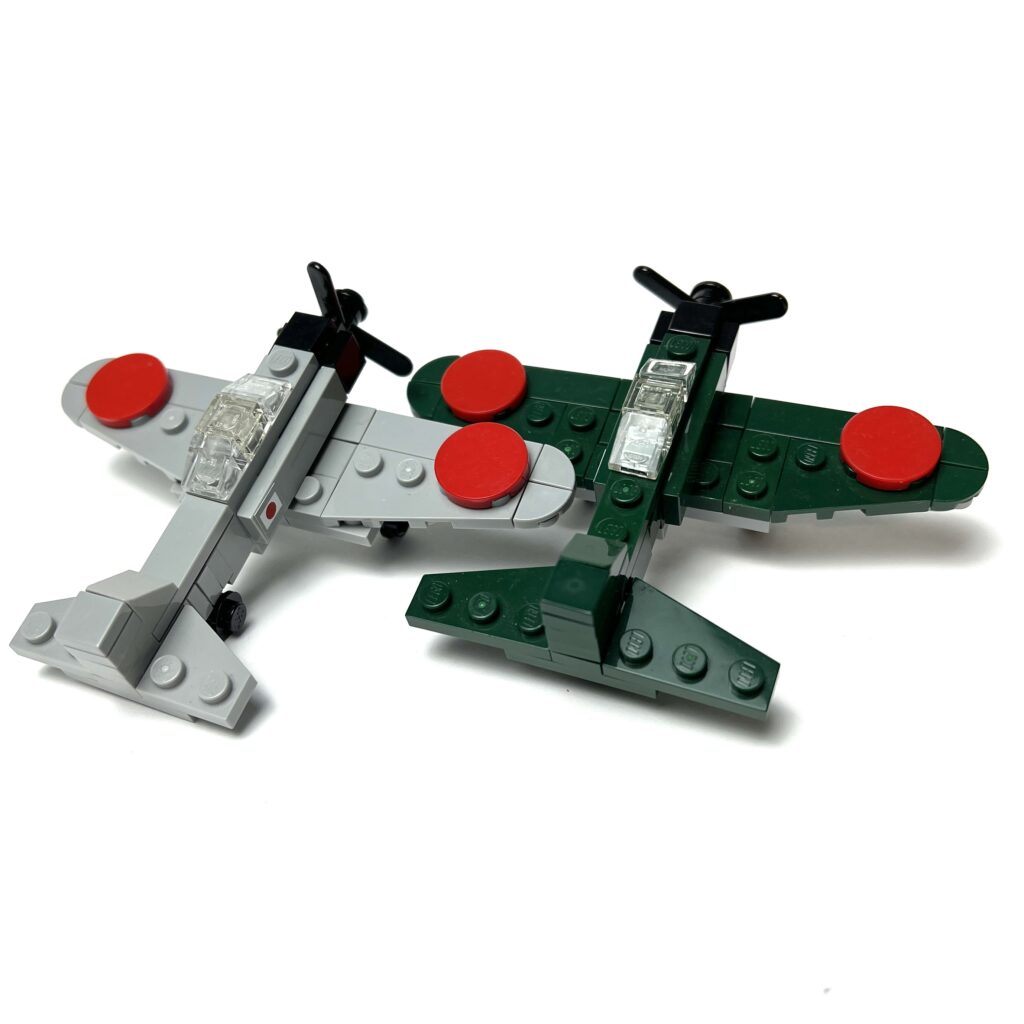
The A6M Zero was Japan’s most famous fighter. Highly maneuverable, long-ranged, and deadly in the early years of the war, it dominated Allied skies. However, its light armor and lack of self-sealing fuel tanks made it vulnerable once newer Allied fighters appeared.
Mitsubishi G4M “Betty” – The Long-Legged Bomber
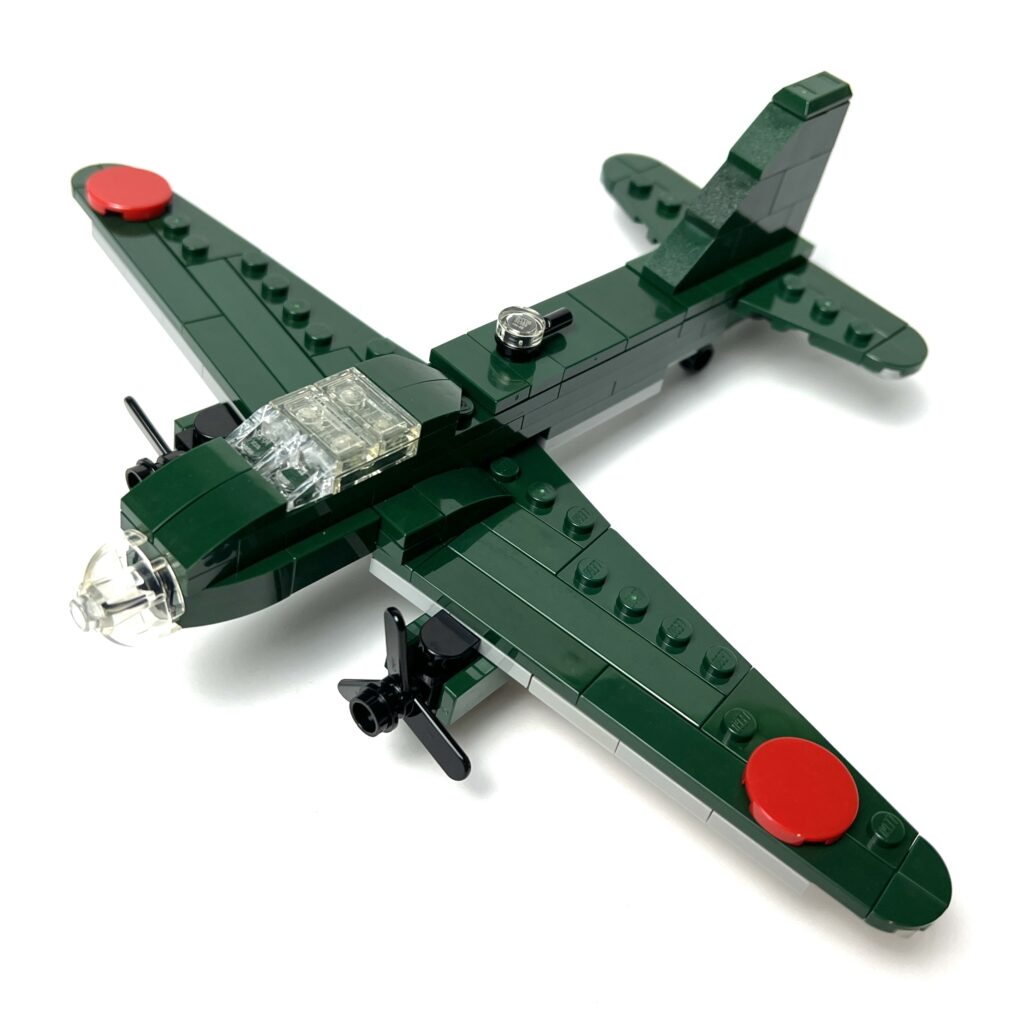
Nicknamed the “Betty” by the Allies, the G4M was Japan’s main twin-engine bomber. It had impressive range, enabling long missions across the Pacific, but like the Zero, it lacked armor and was highly flammable. Despite this, it carried out famous missions, including the attack that killed Admiral Yamamoto in 1943.
This big model uses some brick bending to get the wings to align in the right way, striving for accuracy. It’s easier to do when the model is bigger.
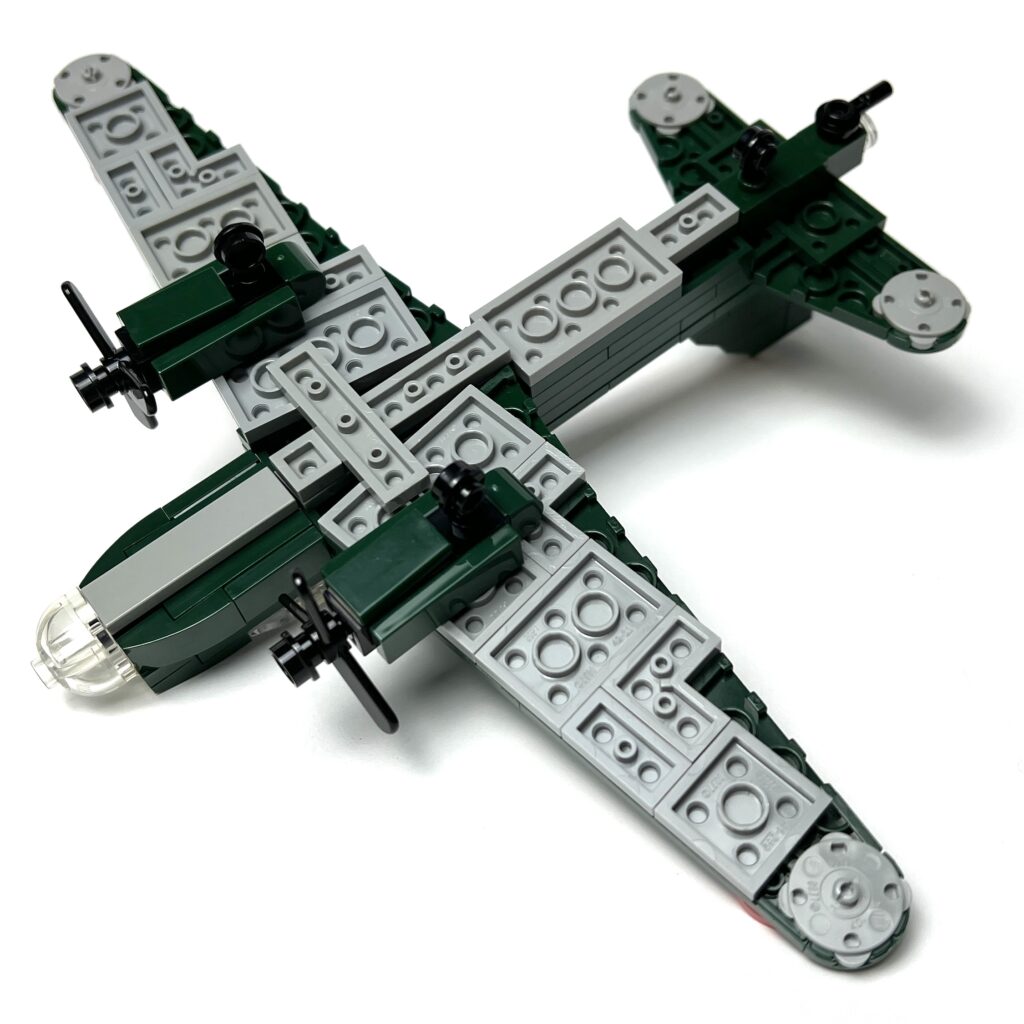
Aichi E13A “Jake” – The Recon Workhorse
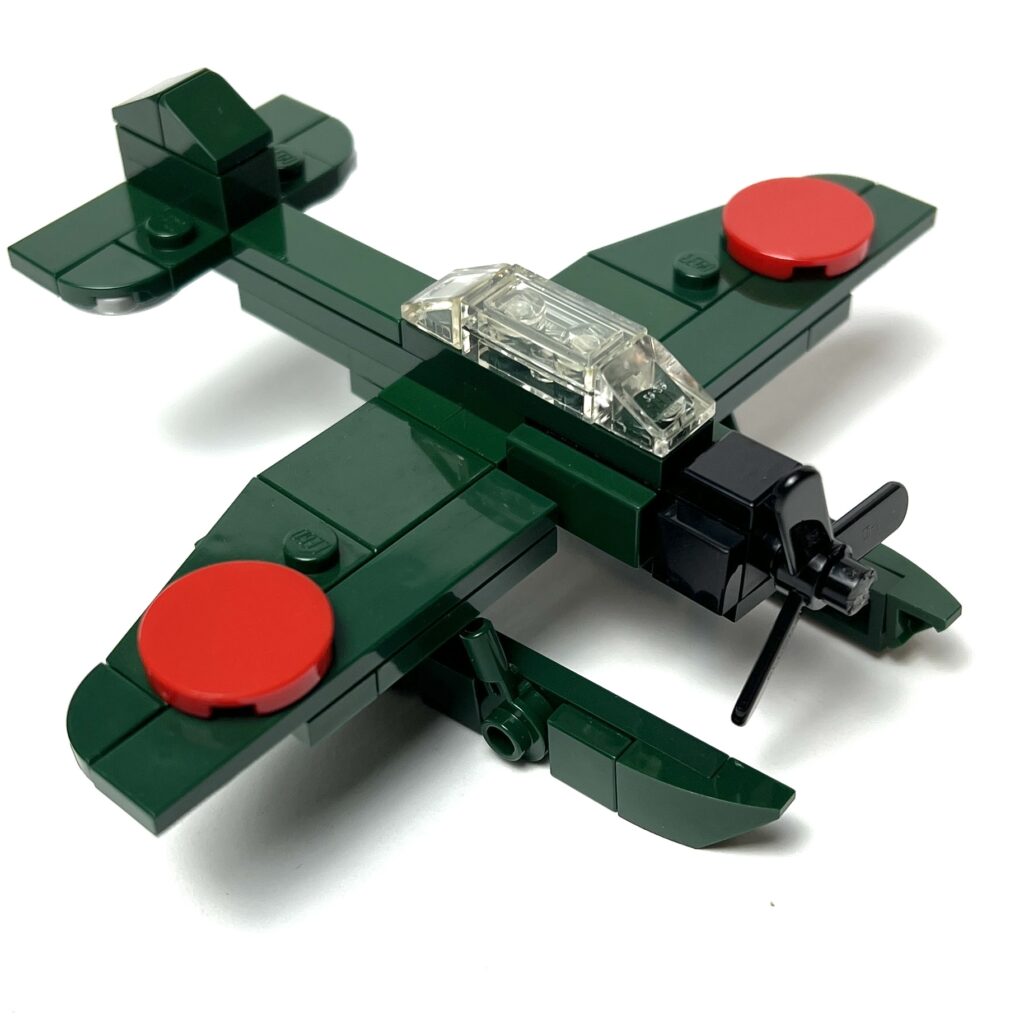
The E13A was a floatplane used extensively for reconnaissance, maritime patrol, and even bombing missions. Launched from cruisers and battleships, it served as the “eyes of the fleet” throughout the Pacific. Versatile and reliable, it was one of Japan’s most numerous seaplanes.
Kyushu J7W Shinden – The Forward-Thinking Interceptor
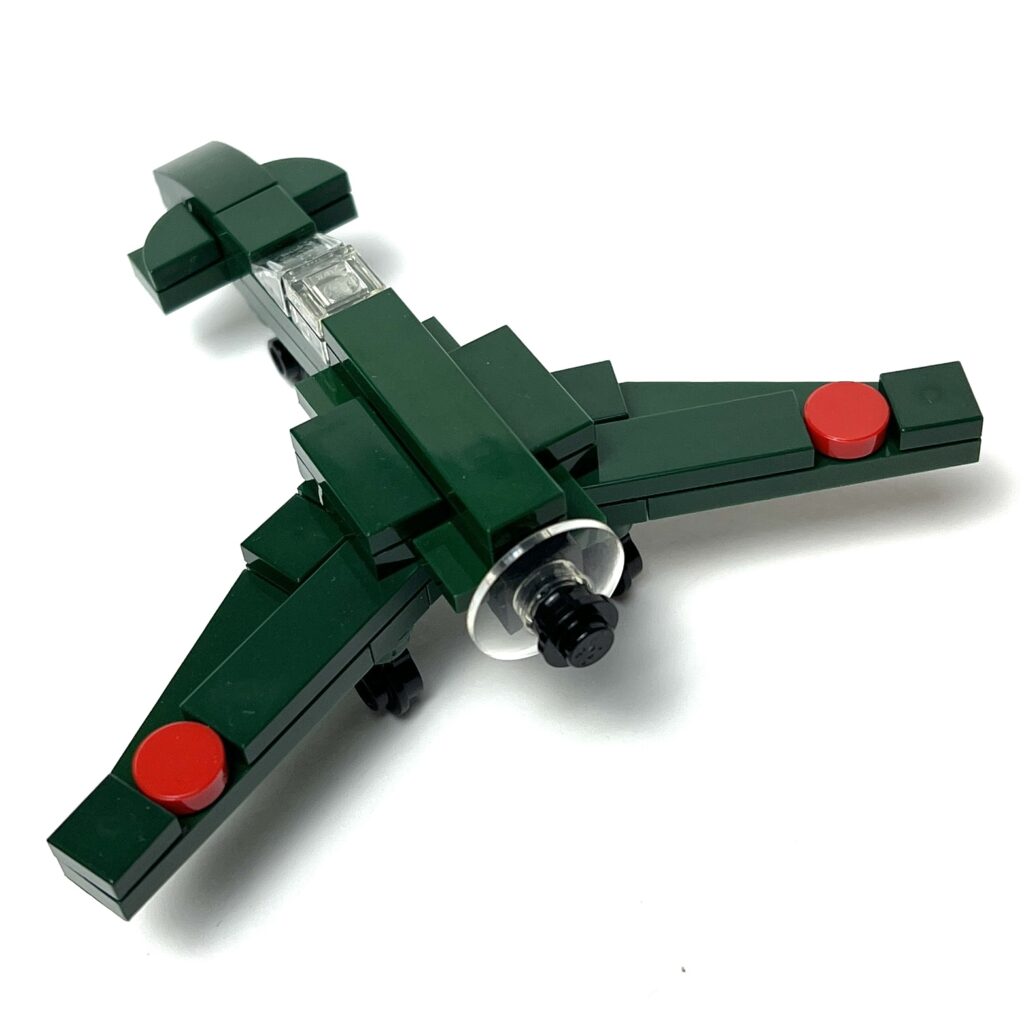
The J7W Shinden was a radical late-war prototype interceptor, designed with a canard layout and a rear-mounted engine. It was built to intercept B-29 bombers with heavy 30mm cannons. Only a handful were built before the war ended, but its futuristic design showed how far Japan was willing to push innovation.
I decided to build this one because I saw it in the movie Godzilla Minus One.
Yokosuka MXY-7 Ohka – The “Cherry Blossom” Rocket Plane
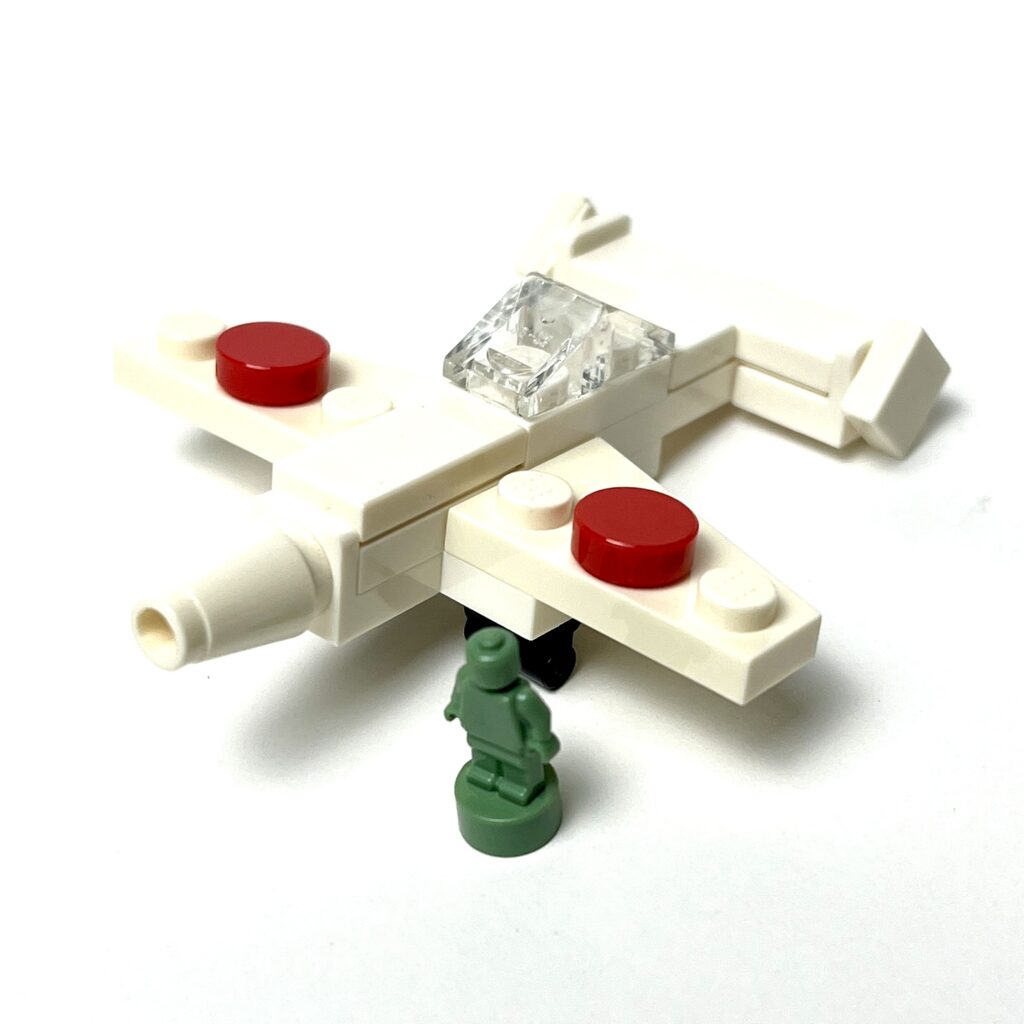
One of the most infamous late-war creations, the Ohka was a single manned rocket-propelled Kamikaze aircraft. Carried under a bomber until close to its target, it would then detach and dive at ships at tremendous speeds. While devastating if it struck, its short range made it vulnerable to interception. The Ohka symbolized Japan’s increasingly desperate tactics as the war drew to a close.
